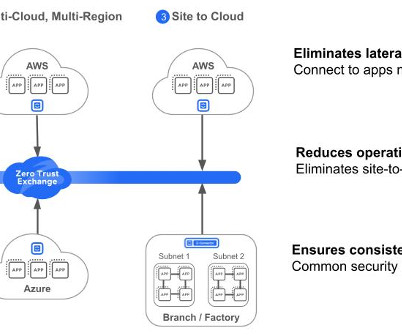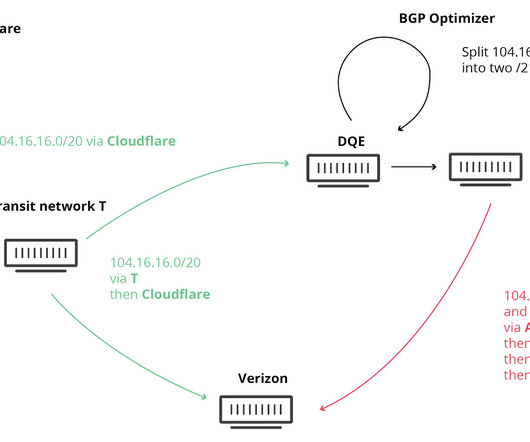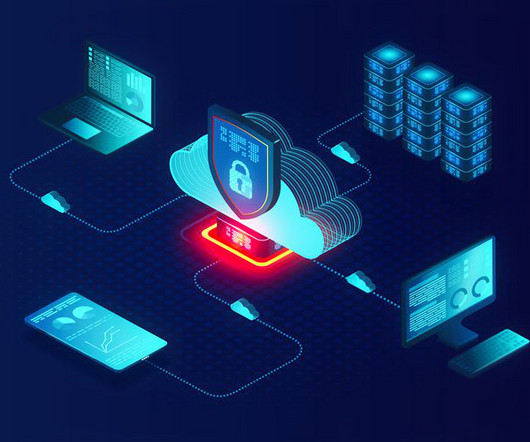Researchers jailbreak a Tesla, the FCC fines robocallers and WeWork finds itself in trouble (again)
TechCrunch
AUGUST 12, 2023
Welcome, friends, to TechCrunch’s Week in Review (WiR), the newsletter where we recap the week that was in tech. Also featured are stories about WeWork’s perennial struggles, Google’s Messages app fully embracing RCS, and spyware maker LetMeSpy shutting down after a massive data breach. Now, on with the recap.






















Let's personalize your content